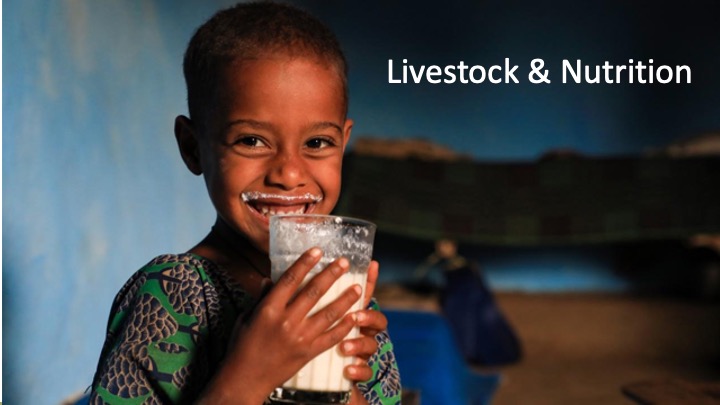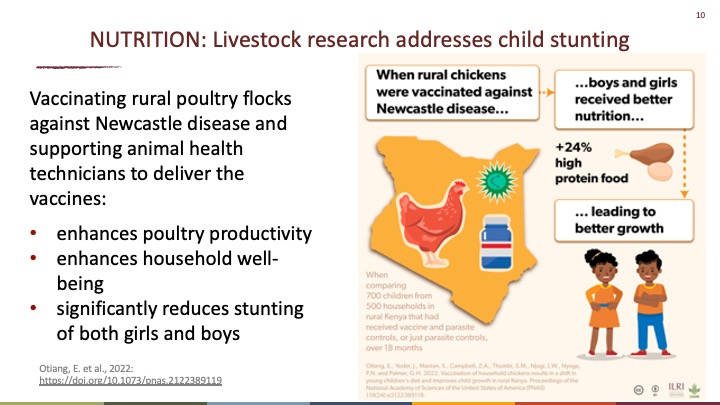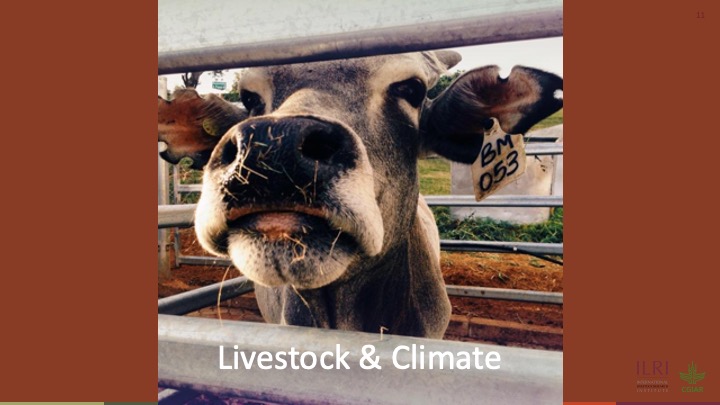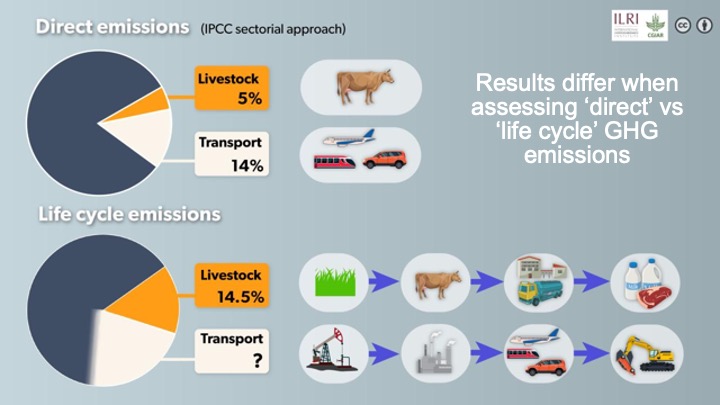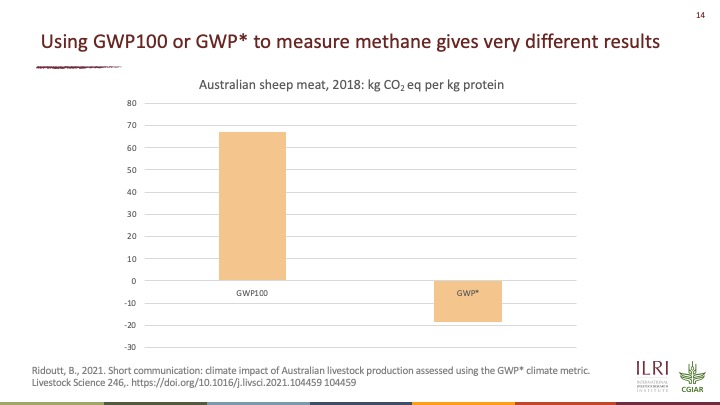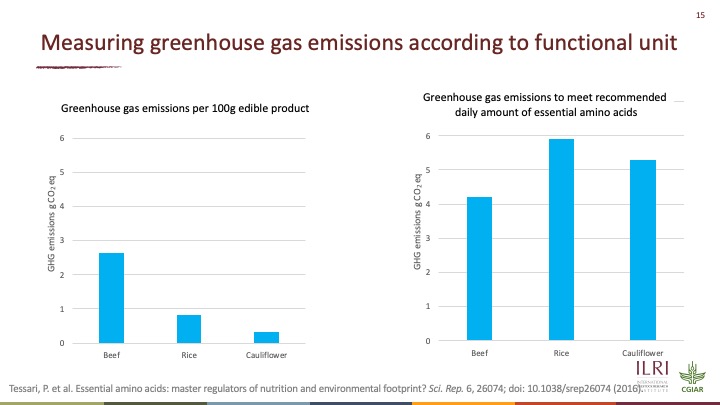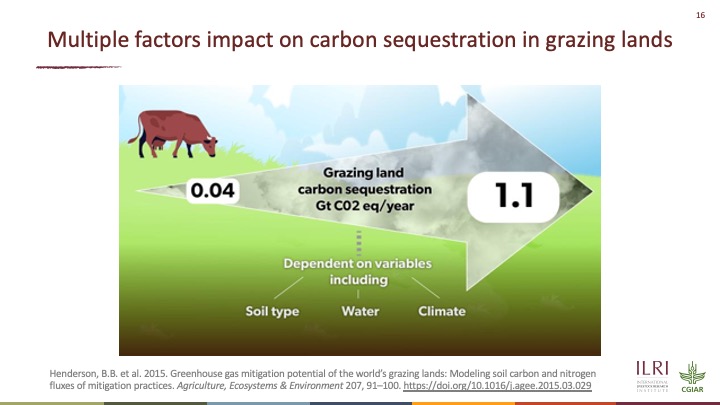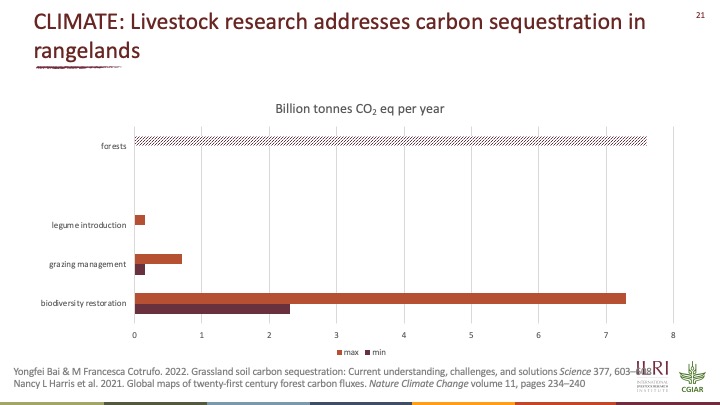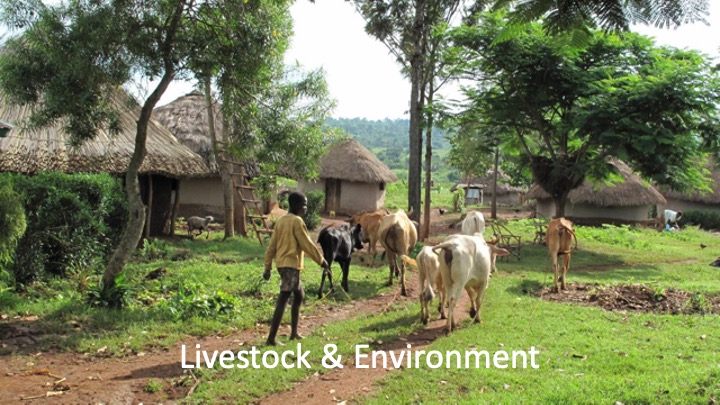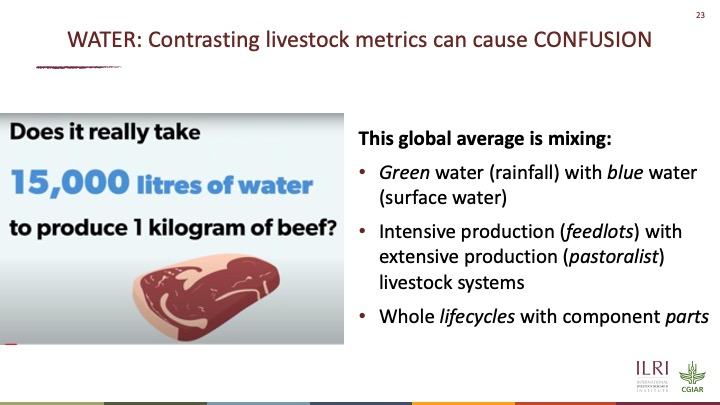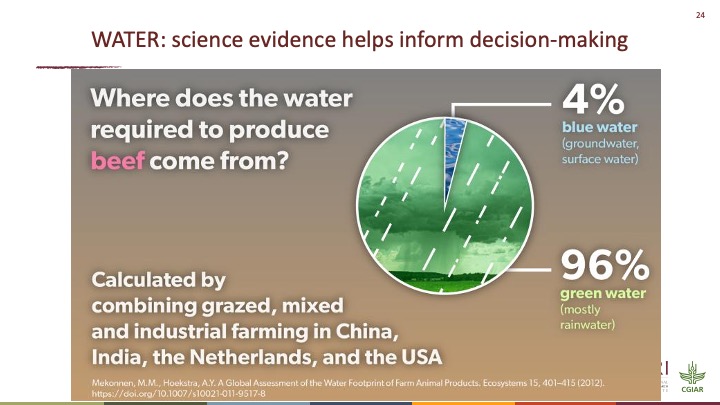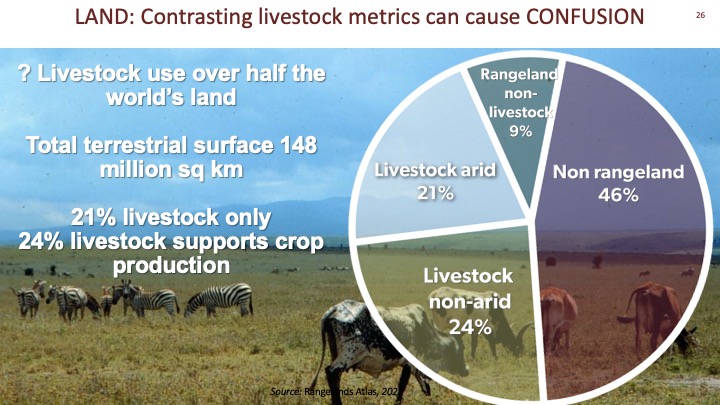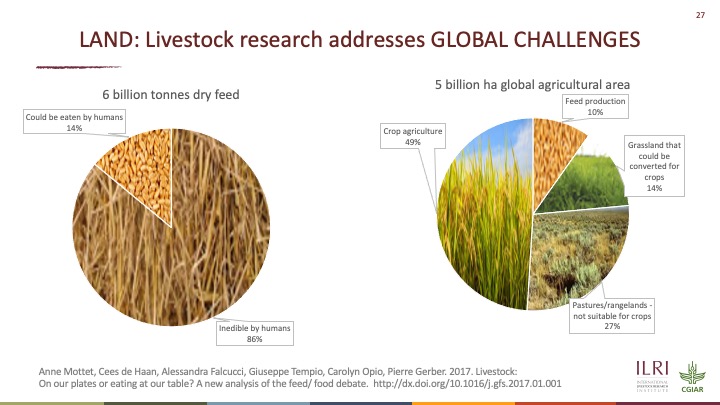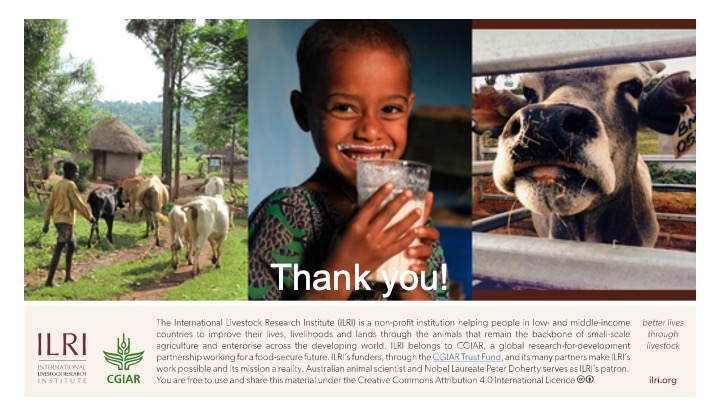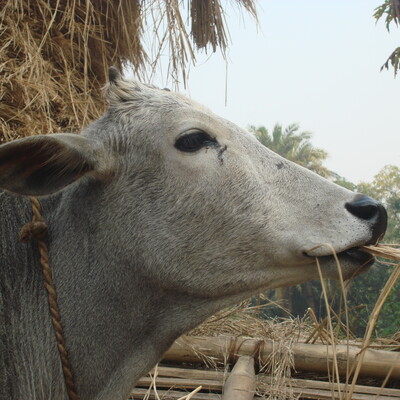
ILRI’s Jimmy Smith on bringing science-based nuance and clarity to today’s polarized livestock debates
In the face of increasingly polarized discourse about the place of livestock in sustainable food systems, Jimmy Smith, director general of the CGIAR's International Livestock Research Institute (ILRI), delivered a keynote presentation at this year’s TropAg conference in Brisbane (31 Oct–2 Nov 2022). Smith unpacked the factors behind this dissonance, which tends to coarsen livestock debates, hamper livestock solutions from arising and further marginalize livestock-keeping communities in countries across the developing world.
‘While livestock discussions must not shy from uncomfortable truths’, Smith said, ‘they should avoid the binary worlds of absolutes.’
Smith noted that it is the sheer diversity of livestock production, processing and consumption patterns across the world—which range from dairy to beef, and poultry to pig, systems, and from industrial to medium to small family production systems—underpin many of today’s apparently conflicting views of the sector. It is this great diversity in livestock systems and their socio-economic and agro-ecological contexts, he said, that leads to the conflicting perspectives we hear about today.
Smith argued that a more nuanced and context-specific understanding of the very central and very different roles cattle, camels, llamas, water buffaloes, goats, sheep, pigs, chickens and ducks play in development around the world is essential if future food systems are to meet the immense challenges of the food, nutritional, health and livelihood needs of the world’s growing population. This nuanced understanding, he said, is especially important for addressing the livestock sectors of low- and middle-income countries, where small-scale farming and herding still dominate national economies and demand for milk, meat and eggs is rising fastest.
Smith asked his audience to consider that when it comes to the environmental footprint of livestock production and the consumption of milk, meat and eggs, ‘where one stands is a function of where one sits’.
‘Where I sit’, Smith went on, ‘is in Africa and other developing regions, which lets me perceive many common misconceptions about small-scale livestock systems.’
Smith reminded his audience that, largely due to the world’s growing populations in lower income countries, 60 per cent more food will be needed by 2050 than is produced today. Demand for beef, pork, chicken and milk, along with vegetables, is outstripping that for cereals. Most of this food is being produced on small-scale farms and on pastoral lands. But due to on-going population increases in Africa and Asia, the increasing demand for these higher-quality foods does not translate into increased consumption by most of the world’s poorer people. The average intake of these highly nourishing, and thus relatively expensive, foods in Africa and South Asia will likely stay very, very modest—just a fraction of what the average intake is in more developed regions.
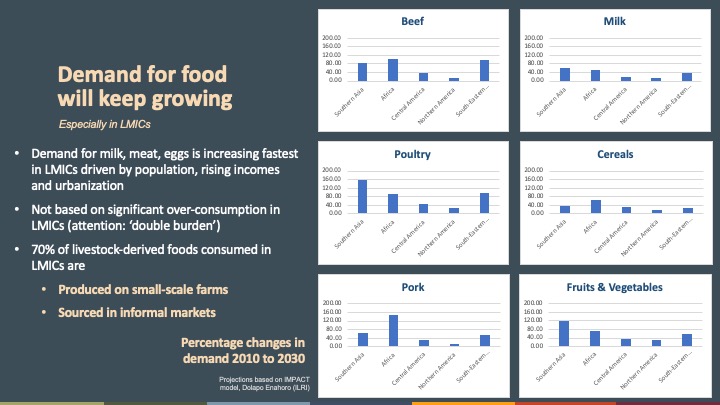
‘Producing all the new food needed by the world’s rising population on a landmass that some say is already meeting its ecological limits with a farming-as-usual approach is not an option’, Smith said.
‘We are going to have to apply tremendous amounts of new science to increase our food production without using new lands or using up many more natural resources.
‘Making livestock production systems and the foods they produce—which nourish as well as feed us—more productive will be a big part of those solutions.
But first, he said, we need to get clarity on the confusions surrounding livestock and what science can do both to clear up these livestock confusions and to offer livestock-based solutions to sustainable and equitable development.






